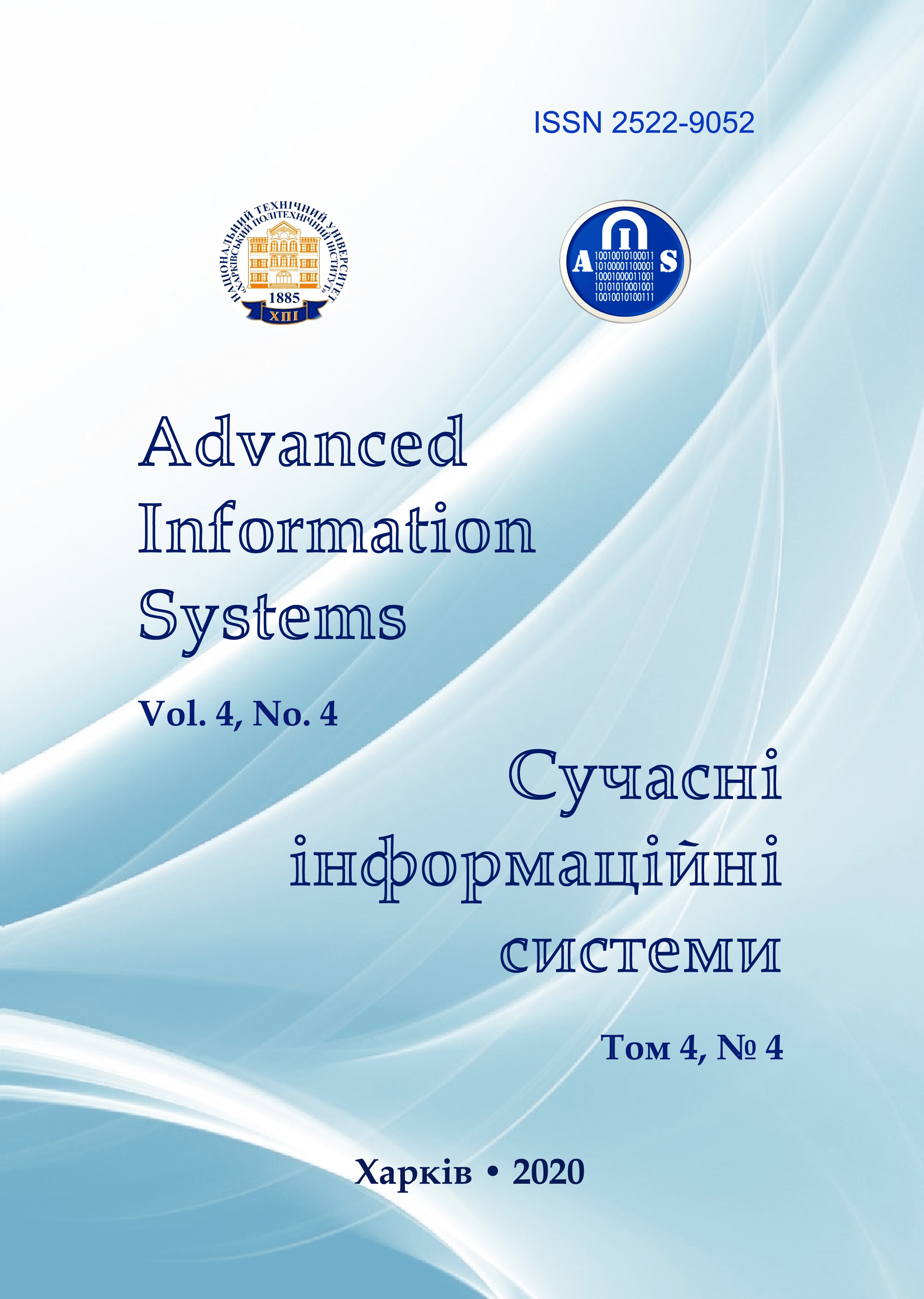Building Decision Support Systems based on Fuzzy Data
Main Article Content
Abstract
Article Details
References
Enoki, H., Takami, K., Kobayashi, Y. and Ohta, T. (1994), “Switching function conceptual model for telecommunication service specification design”, Proc. of the IEEE Global Telecommunications Conf., vol. 2, San Francisco, USA, pp. 818-822.
Levashenko, V., Zaitseva, E., Kovalík, Š. (2013), Projektovanie systémov pre podporu rozhodovania na základe neurčitých dát, EDIS Publ., Zilina, Slovakia, ISBN 978-80-554-0680-0.
Quinlan, J.R. (1990), “Decision Tree and Decision Making”. IEEE Trans. on Syst., Man and Cyb., vol. 20, no. 2, pp. 339-346.
Hullermeier, E. and Vanderlooy, S. (2009), “Why Fuzzy Decision Trees are Good Rankers”, IEEE Transactions on Fuzzy Systems, vol. 17, no. 6, pp. 1233-1244.
Yong, S., Lin, M., Robinson, W. and Fidge, C. (2010), “Using decision trees in economizer repair decision making”, Proc. of the Int. Conf. on Prognostics and Health Management (PHM), Portland, USA, pp. 1-6.
Lee, H-M., Chen, C.-M., Chen, J.-M. and Jou, Y.-L. (2001), “An Efficient Fuzzy Classifier with Feature Selection Based on Fuzzy Entropy”, IEEE Transactions on Systems, Man and Cybernetics, Part B: Cybernetics, vol. 31, no. 3, pp. 426-432.
Garcia, S., Luengo, J., Saez, J., Lopez, V. and Herrera, F. (2013), “A Survey of Discretization Techniques: Taxonomy and Empirical Analysis in Supervised Learning”, IEEE Trans. on Knowledge and Data Engineering, vol. 24, no. 5, pp. 734-750.
Yuan, Y. and Shaw, M.J. (1995), “Induction of Fuzzy Decision Trees”, Fuzzy Sets and Systems, vol. 69, pp. 125-139.
Wang, X., Chen, B., Qian, G. and Ye, F. (2000), “On the Optimization of Fuzzy Decision Trees”, Fuzzy Sets and Systems, vol. 112, pp. 117–125.
Levashenko, V., Zaitseva, E. and Puuronen, S. (2007), “Fuzzy classifier based on fuzzy decision tree”, Proc. of the IEEE Int. Conf. on Computer as a Tool (EUROCON), Warsaw, Poland, pp. 823– 827.
Gasir, F., Crockett, K., and Bandar, Z. (2012), “Inducing fuzzy regression tree forests using artificial immune systems”, Inter-national Journal of Uncertainty, Fuzziness and Knowledge-Based Systems, vol. 20, pp. 133–157.
Zhai, J., Wang, X., Zhang, S. and Hou, S. (2018), “Rough fuzzy decision tree”, Information Sciences, vol. 465, pp.425–438.
Ahmadi, H., Gholamzadeh, M., Shahmoradi, L., Nilashi, M. and Rashvand, P. (2018), “Diseases diagnosis using fuzzy logic methods: A systematic and meta-analysis review”, Computer Methods and Programs in Biomedicine, vol. 161, pp. 145–172.
Olaru, C. and Whenkel, L. (2003), “A complete fuzzy decision tree technique”, Fuzzy Sets and Systems, vol.138, pp.221–254
Rabcan, J., Levashenko, V., Zaitseva, E., Kvassay, M. and Subbotin, S. (2019), “Application of fuzzy decision tree for signal classification'', IEEE Transactions on Industrial Informatics, vol. 15, no. 10, pp. 5425-5434, doi: 10.1109/TII.2019.2904845.
Levashenko, V., Zaitseva, E., Kvassay, M. and Deserno T. (2016), “Reliability estimation of healthcare systems using fuzzy decision trees”, Proc. of the Fed. Conf. on Comp. Science and Inf. Systems (FedCSIS), Gdansk, Poland, 2016, pp. 331–340.
Kurbatsky, A.N. and Cheushev, V.A. (1999), Informational method of analysis and optimization in decision support systems. Ed. Institute of Technical Cybernetics, Minsk, Belarus.
Zaitseva, E. and Levashenko, V. (2016), “Construction of a reliability structure function based on uncertain data”, IEEE Trans-action on Reliability, vol. 65, no. 4, pp. 1710–1723.
Zaitseva, E., Levashenko, V., Rabcan, J. and Krsak, E. (2020), “Application of the Structure Function in the Evaluation of the Human Factor in Healthcare”, Symmetry Basel, vol.12, no. 93; doi:10.3390/sym12010093.
